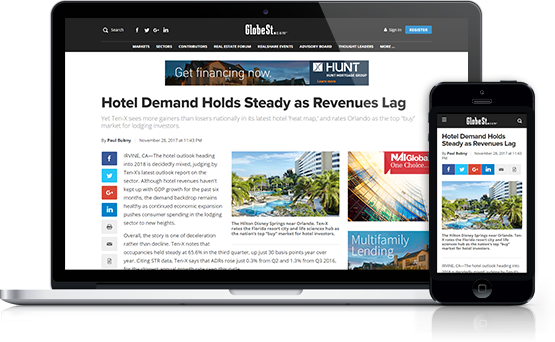The new lease accounting standards are fundamentally transforming the rules that govern accounting for almost all types of leases. Under the new rules, operating leases now appear on the balance sheet as an obligation and a related right of use (asset). For some companies, this means anywhere from $5 billion, $10 billion or more on their balance sheets. This hefty liability creates a unique opportunity for corporate real estate (CRE) to align with finance as visibility into leases and the resulting financial implications become more important than ever.
A New Alignment: CRE and Finance
As a corporate real estate professional, your role is to optimize your real estate portfolio, constantly evaluating the underperforming leases across your company's portfolio to determine which are causing the biggest pain. When are they up for renewal? What are the options for those leases? What is the current utilization? For example, a really poor performing building (underutilized) with a 10-year lease signed last year may require you to do something different with that space. At the same time, finance is responsible for minimizing the impact of these liabilities on your organization's P&L.
Recommended For You
Want to continue reading?
Become a Free ALM Digital Reader.
Once you are an ALM Digital Member, you’ll receive:
- Breaking commercial real estate news and analysis, on-site and via our newsletters and custom alerts
- Educational webcasts, white papers, and ebooks from industry thought leaders
- Critical coverage of the property casualty insurance and financial advisory markets on our other ALM sites, PropertyCasualty360 and ThinkAdvisor
Already have an account? Sign In Now
*May exclude premium content© 2025 ALM Global, LLC, All Rights Reserved. Request academic re-use from www.copyright.com. All other uses, submit a request to [email protected]. For more information visit Asset & Logo Licensing.








